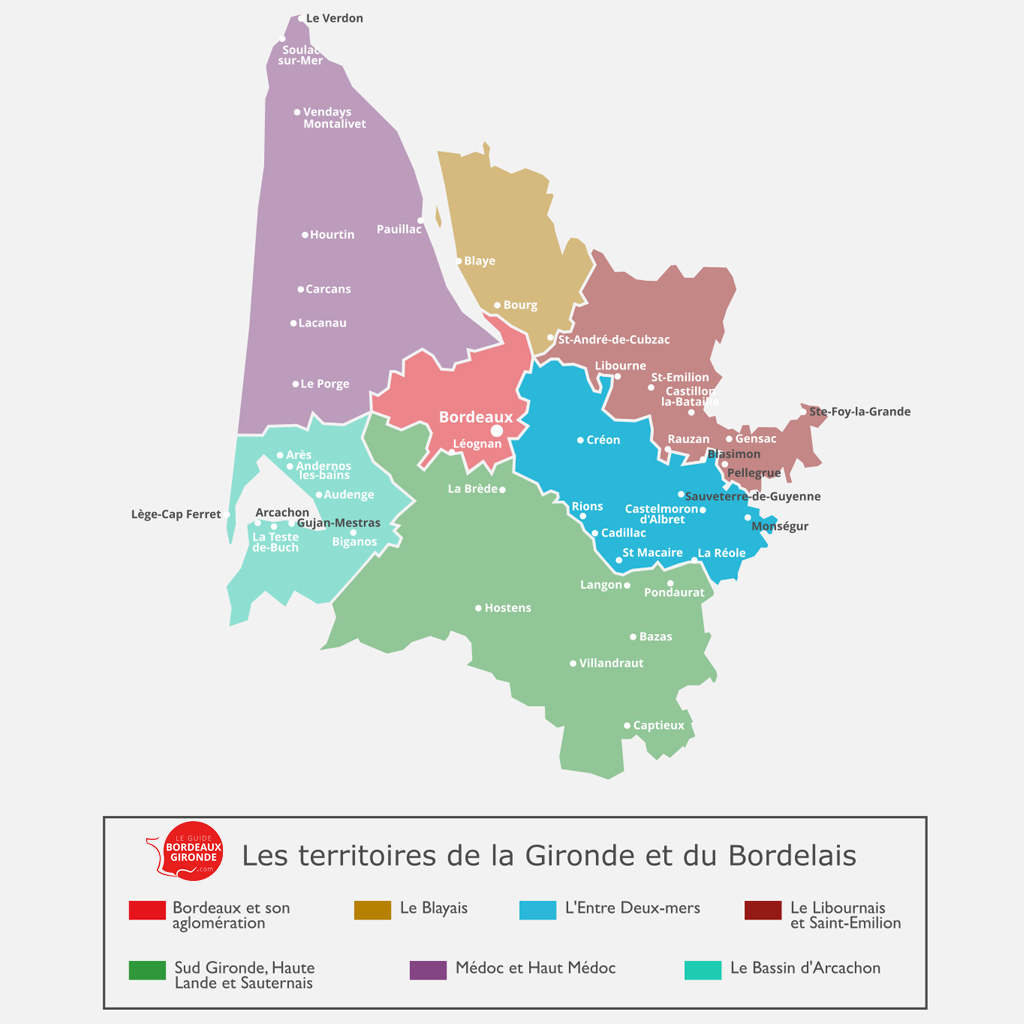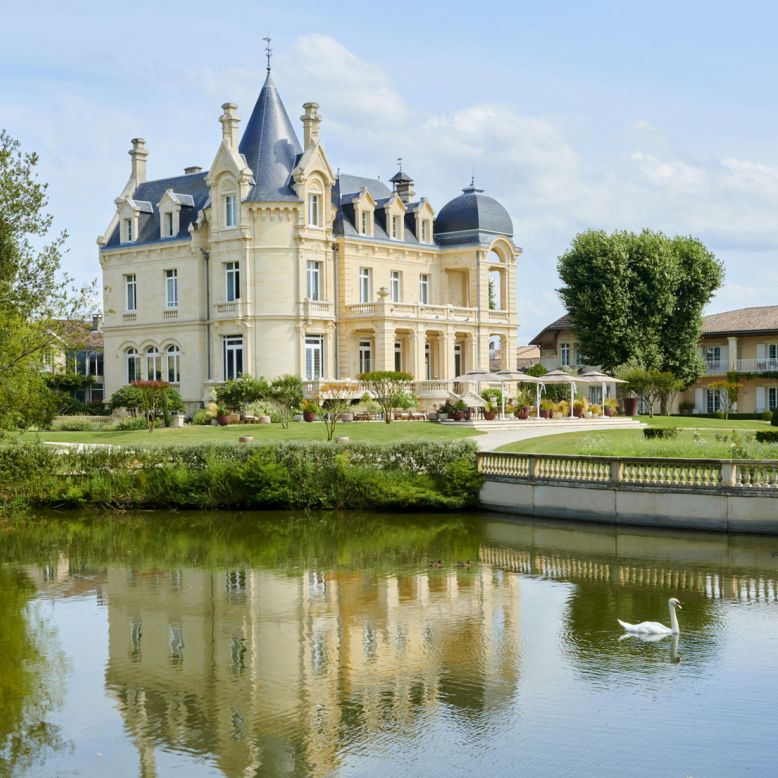- Home page
- Tourism
- Discover
- Visit Gironde
- Entre deux-mers
- Visit Gironde
- Discover
- Tourism
Entre deux-mers
Automatic translation
Entre-deux-Mers, between two rivers
The Entre-deux-Mers is this vast territory to the southwest of Bordeaux, enclosed between the right bank of the Garonne to the south, and the left bank of the Garonne to the north. It extends to the Bec d'Ambès.
This land of wine-growing tradition produces twelve controlled designations of origin.
In terms of architectural heritage, Entre-deux-Mers is distinguished by the preservation of a large number of medieval fortified towns and cities, Romanesque churches, castles, fortified houses and mills, saved from oblivion thanks to enthusiasts. It is an ideal place for tourist and cultural walks, close to nature. The Roger Lapébie cycle path follows the route of an old railway line for 52 km between Sauveterre-de-Guyenne and Latresne.
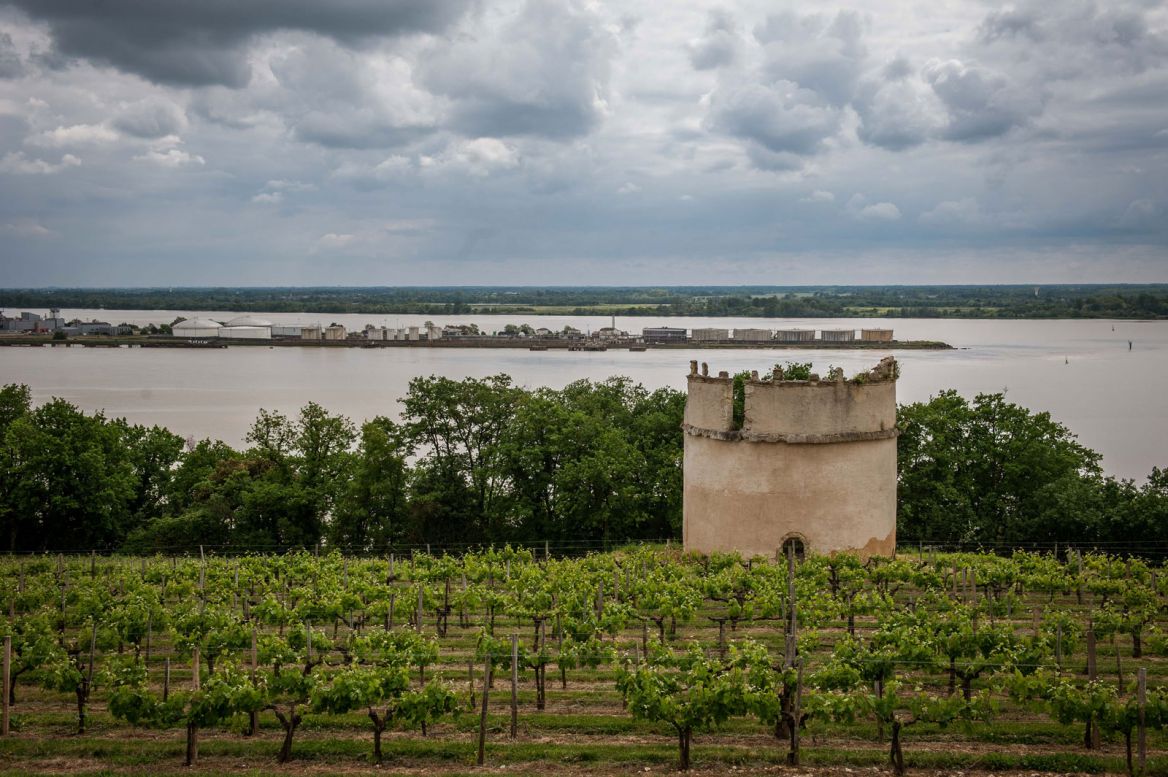
Cadillac, proud country house
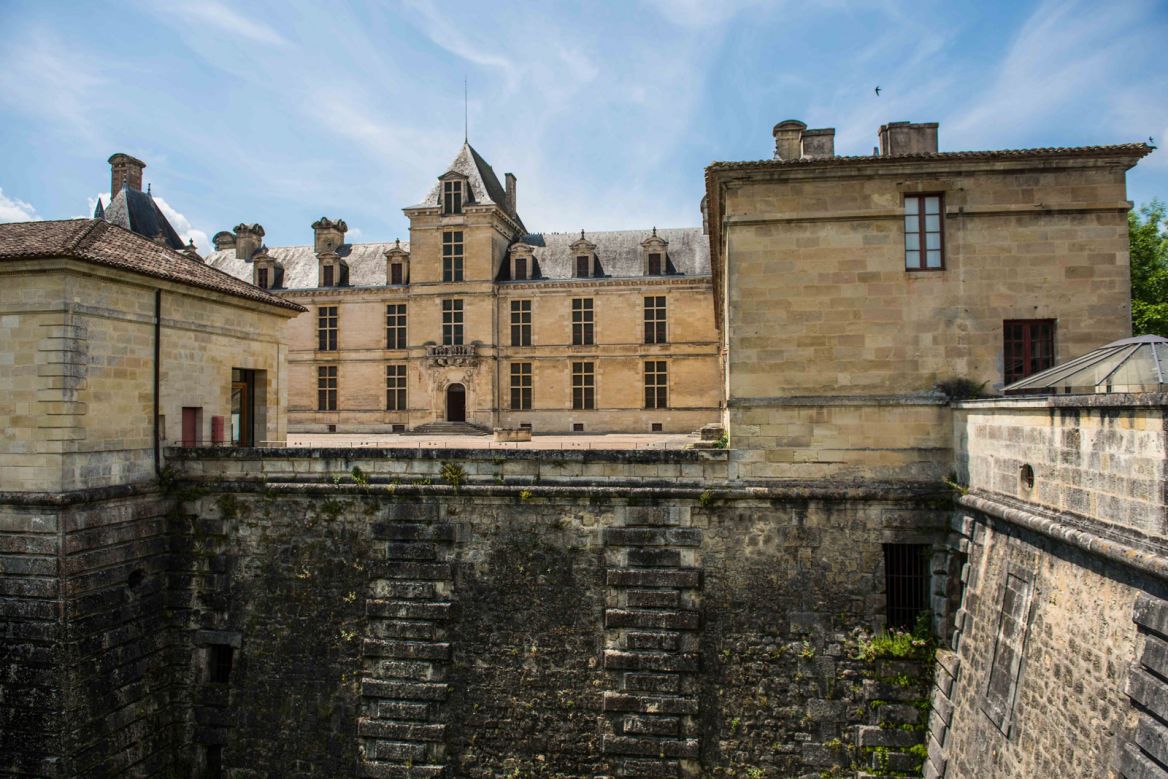
Built in 1280, fortified in the 14th century, Cadillac has preserved many vestiges from these past centuries that can be admired while walking through the city or touring the ramparts. The castle of the Dukes of Epernon can be visited all year round.
It was built in place of a medieval building that had been razed to the ground to rebuild a sumptuous residence rivaling royal residences. During the Revolution, it served as a women's prison until the end of the 19th century. Then, it was a supervised education center for young girls until the middle of the 20th century. The Cadillac wine house contains a museum of vines and wine.
Château Toulouse-Lautrec
Château Toulouse-Lautrec
The wellness area of Château Toulouse-Lautrec, nestled in Saint-André-du-Bois, invites you to an unforgettable ...
9,4 km - Saint-André-du-Bois
Canoë Kayak Bommes Nautique
Canoë Kayak Bommes Nautique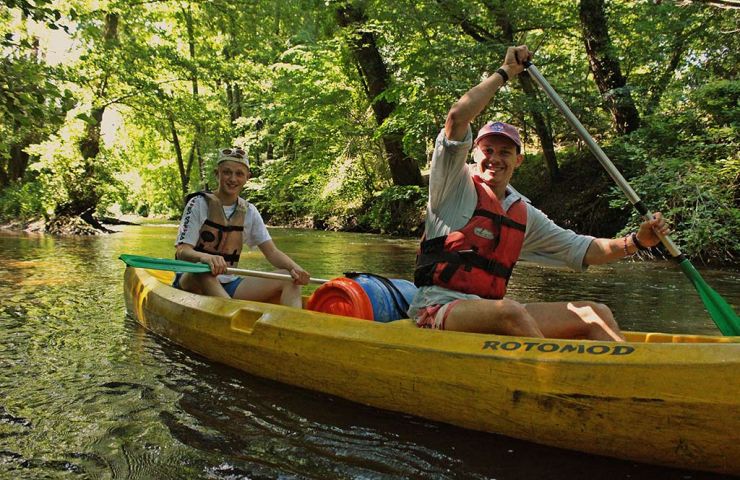
Bommes Nautique, Escape along the water : In the heart of Sauternes, the Ciron valley offers an enchanting setting ...
10,3 km - Bommes
Au Fil du Ciron
Au Fil du Ciron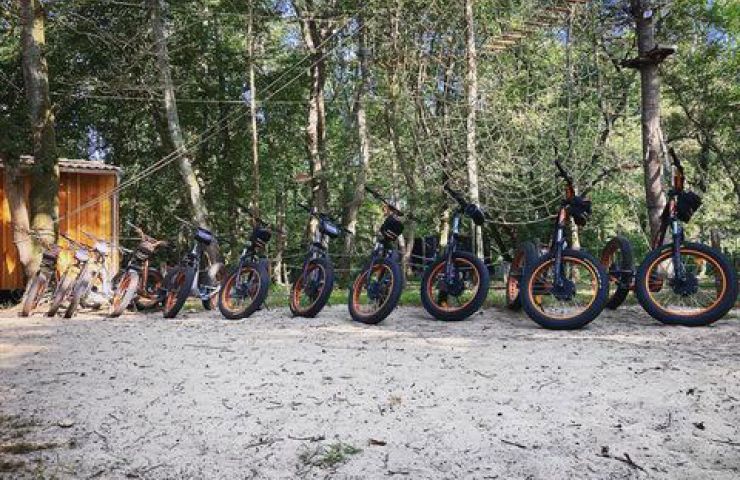
New since 2021, off-road scooters have definitely made their mark in the park. Effortless, easy to use, and with a ...
10,4 km - Bommes
Rions, former stronghold
Today a small medieval village nestled in the heart of the vineyards, Rions was the capital of ancient Aquitaine. This stronghold witnessed battles during the Hundred Years' War between the kingdoms of France and England. You can still see vestiges of its defensive past, such as the Lhyan Tower or the old Seguin keep.
Favorite of the Bordeaux Gironde Guide : The pretty medieval village of Rions.
Sainte-Croix-du-Mont, perched village
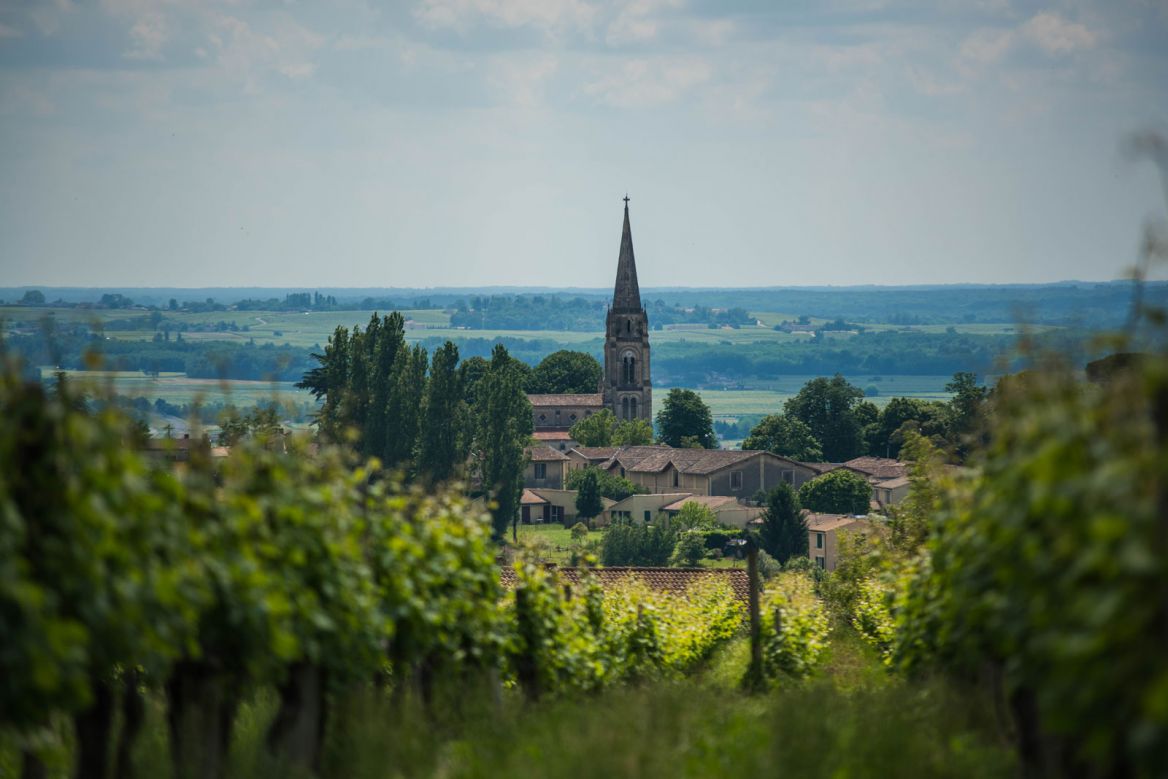
On its rocky hillside, the village of Sainte-Croix-du-Mont overlooks the Garonne Valley. The limestone cliff that stretches for about a hundred meters shelters caves imprinted with countless fossilized oyster shells dating back 22 million years. These caves are ideal for preserving the sweet white wine produced by the vineyard.
Bordeaux Gironde Guide favorite : the unusual visit to Sainte-Croix-du-Mont and its cliffs of fossilized oysters.
Saint-Macaire, medieval city
Surrounded by ramparts, Saint-Macaire is a remarkable medieval architectural ensemble, with many listed monuments, such as the arcaded square of Mercadiou and its houses dating from the 13th to the 16th centuries. In the 18th century, underground galleries were dug to extract the stone transported to Bordeaux for the construction of buildings.
The church of Saint-Sauveur, on the edge of the ramparts, was part of a former Benedictine priory. The Benauge gate, or clock gate, dating from the 14th century marks the entrance to the city.
Near Saint-Macaire, you can visit Malagar, the family property of Francois Mauriac (1885-1970), overlooking the Garonne Valley. The writer and academic's home, located in the heart of a vineyard, is listed as a Historic Monument. It is a lively cultural venue that offers a varied cultural season from May to October.
Golf et Ecolodges du Sauternais
Golf et Ecolodges du Sauternais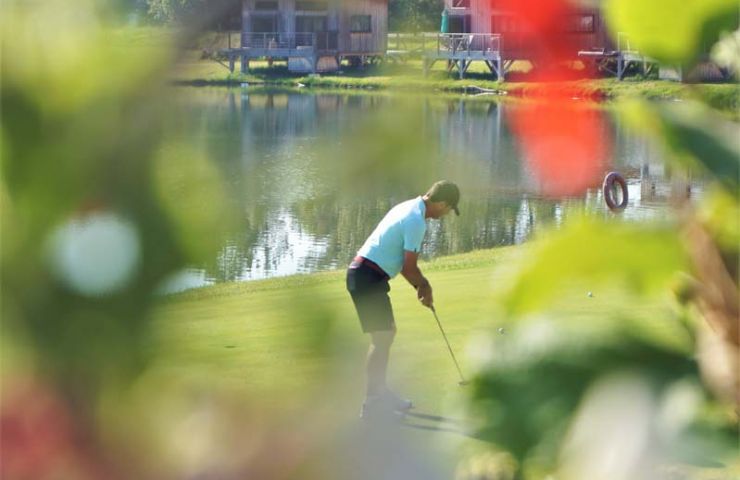
Sauternais Golf Course: a natural and authentic area for golfers Nestled in the heart of a 45-hectare wooded park, ...
3,9 km - Saint-Pardon-de-Conques
Château Toulouse-Lautrec
Château Toulouse-Lautrec
The wellness area of Château Toulouse-Lautrec, nestled in Saint-André-du-Bois, invites you to an unforgettable ...
4,1 km - Saint-André-du-Bois
Les Cycles du Canal
Les Cycles du Canal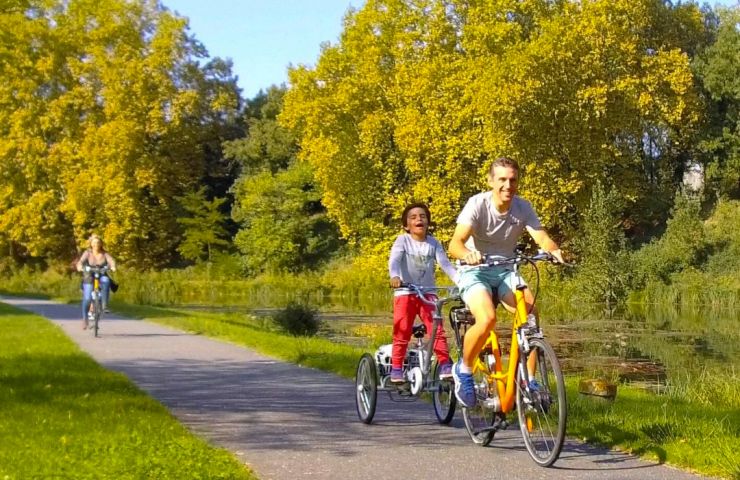
Les Cycles du Canal, bike rides in a natural setting in Gironde At the confluence of the Garonne Canal and the ...
5,6 km - Castets-en-Dorthe
La Réole, like a painting
The medieval city of La Réole, a town of art and history, with its cobbled streets and half-timbered houses, is rich in harmonious architectural ensemble.
Its Benedictine monastery dating from the 18th century now houses the city's services. Its Saint-Pierre church, built in the 12th century and then dismantled, was rebuilt in the 17th century. Its Quat'Sos castle, built in the 12th century on a primitive fortress, with its four corner towers, from which it gets its name, overlooks the Garonne. Its former town hall is one of the oldest civil buildings in France.
The town experienced a commercial boom thanks to river transport and the wine trade. La Réole is home to an astonishing museum of matchstick monuments.
Monségur, fortified town and defensive site
A perched fortified town, Monségur offers a magnificent panorama over the Drot valley. From its medieval past, surrounded by ramparts, the fortified town has preserved its square, its typical church, a 15th century Gothic tower with its patrol path, its narrow streets, its half-timbered houses. Its 19th century hall, all made of glass and cast iron, hosts markets.
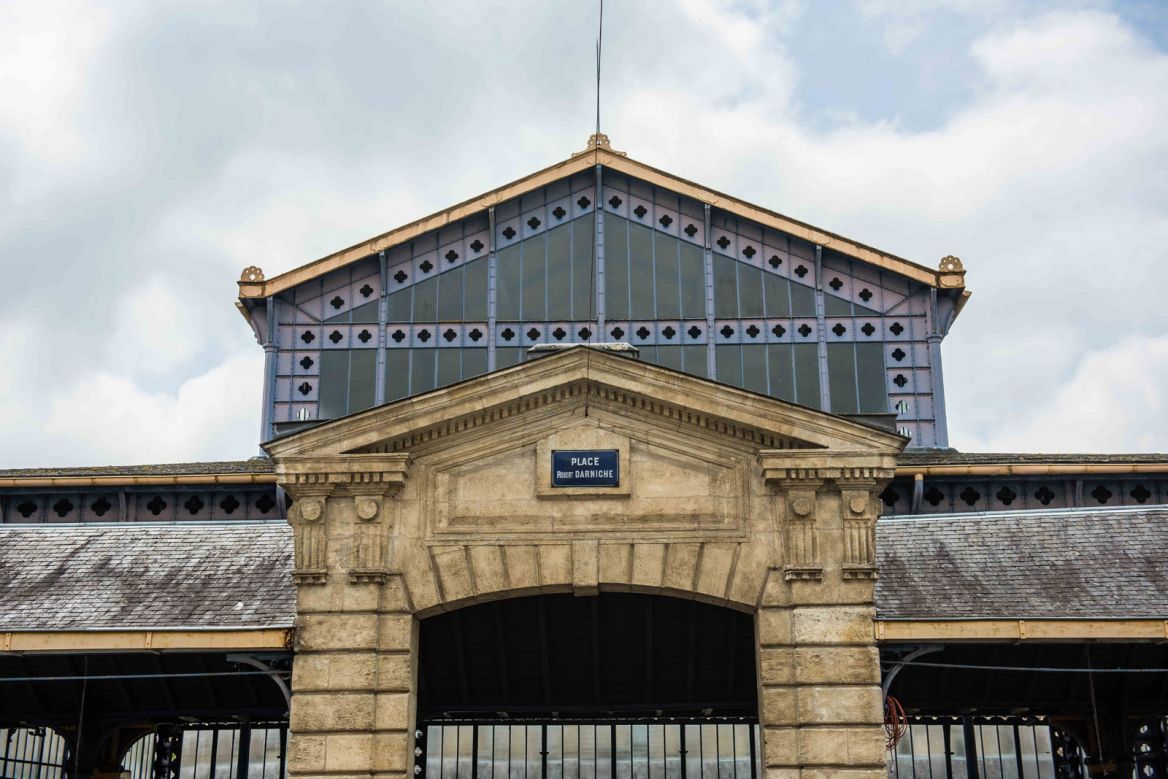
Pellegrue, a fortified town with three castles and five churches
Pellegrue is a concentrate of historical heritage. Situated on a rocky spur, the bastide was founded in the 13th century, with its characteristic square and right-angled alleys. It has two renovated churches: Saint-André located in the town and Genas, on the Duras road. Three others are partly destroyed: Saint-Laurent, La Reyre and Vignoles.
From its rich historical past, three castles remain located on heights:
- The 15th century Boyrac Ségur castle;
- Lugagnac Castle from the 15th-18th centuries;
- The 13th century Puch de Gensac castle, remodeled in the 14th and 18th centuries.
Sauveterre-de-Guyenne, English fortified town
The old fortified town of Sauveterre-de-Guyenne, founded in 1281 by King Edward I, changed overlords 10 times before becoming French in 1451. Today it has retained its central square with arcades, its checkerboard streets, four gates in its ramparts and beautiful half-timbered houses that have been superbly restored.
In the surrounding area, some architectural gems are available to visitors:
- The Abbey of Saint-Nicolas de Blasimon, a former Benedictine abbey nestled in the Gamage valley, listed as a Historic Monument.
- The fortified water mill of Labarthe, built like a fortified house.
- The Haut Benauge museum mill, a windmill built in 1600 and restored in 1970.
- The abbey of Saint-Ferme, overlooking the village of the same name, located on the roads to Compostela.
- The village of Castelmon-d'Albret, the smallest village in France, perched on a promontory and surrounded by walls.
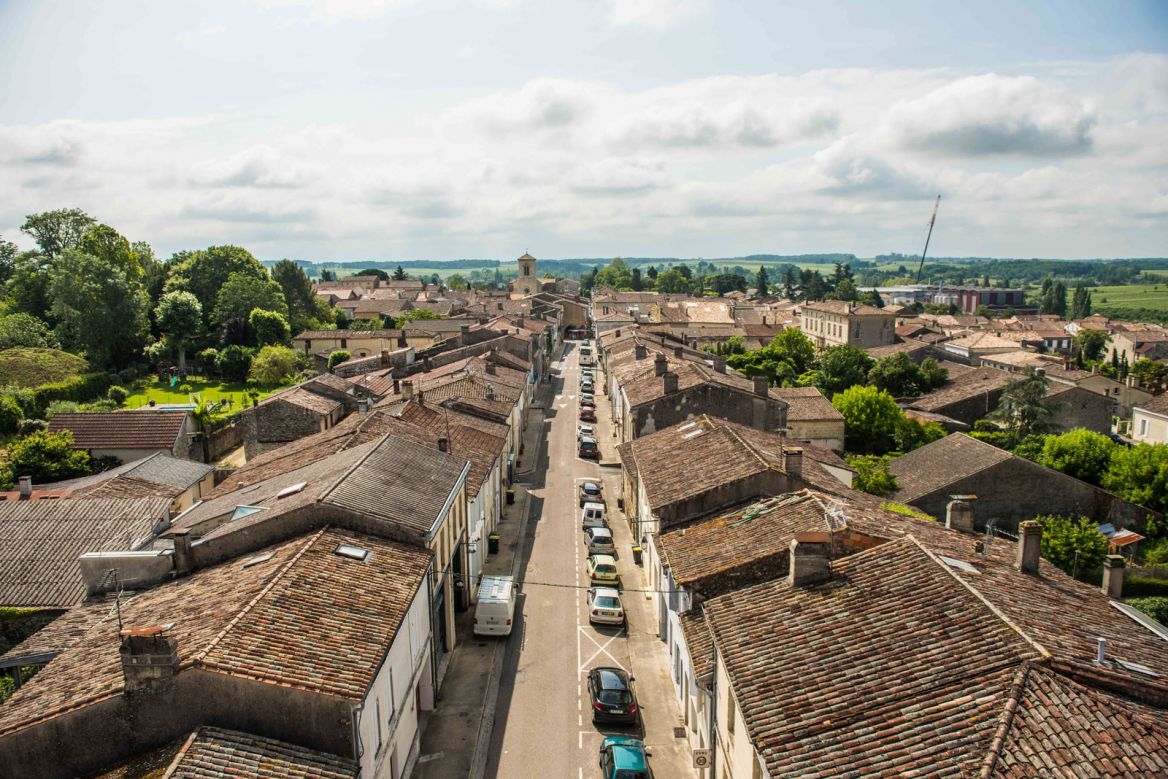
Rauzan and its fortified castle
The village of Rauzan is home to a fortified castle built between the 13th and 15th centuries. It is distinguished by an imposing cylindrical keep 31 metres high and a cave, the Célestine cave, decorated with very beautiful concretions.
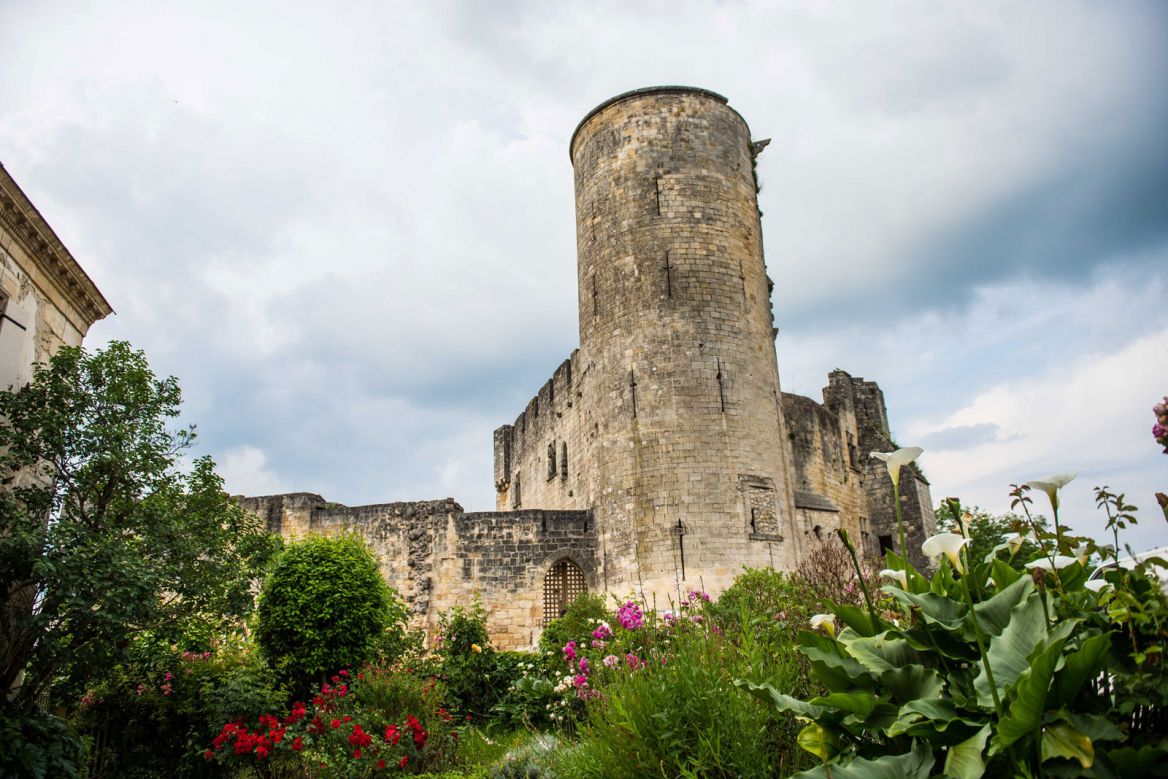
The Abbey of Sauve-Majeur, a jewel of Romanesque art
It is undoubtedly one of the most beautiful examples of religious architecture in Gironde. The building is listed by UNESCO as part of the routes to Santiago de Compostela. Built in the 12th century, it almost disappeared forever. The site, open to the sky in the heart of the Entre-Deux-Mers, offers exceptional sculptures and remains : sculpted capitals, bell tower, Romanesque vaults of the choir and chapels.
Creon, famous for its fairs and markets
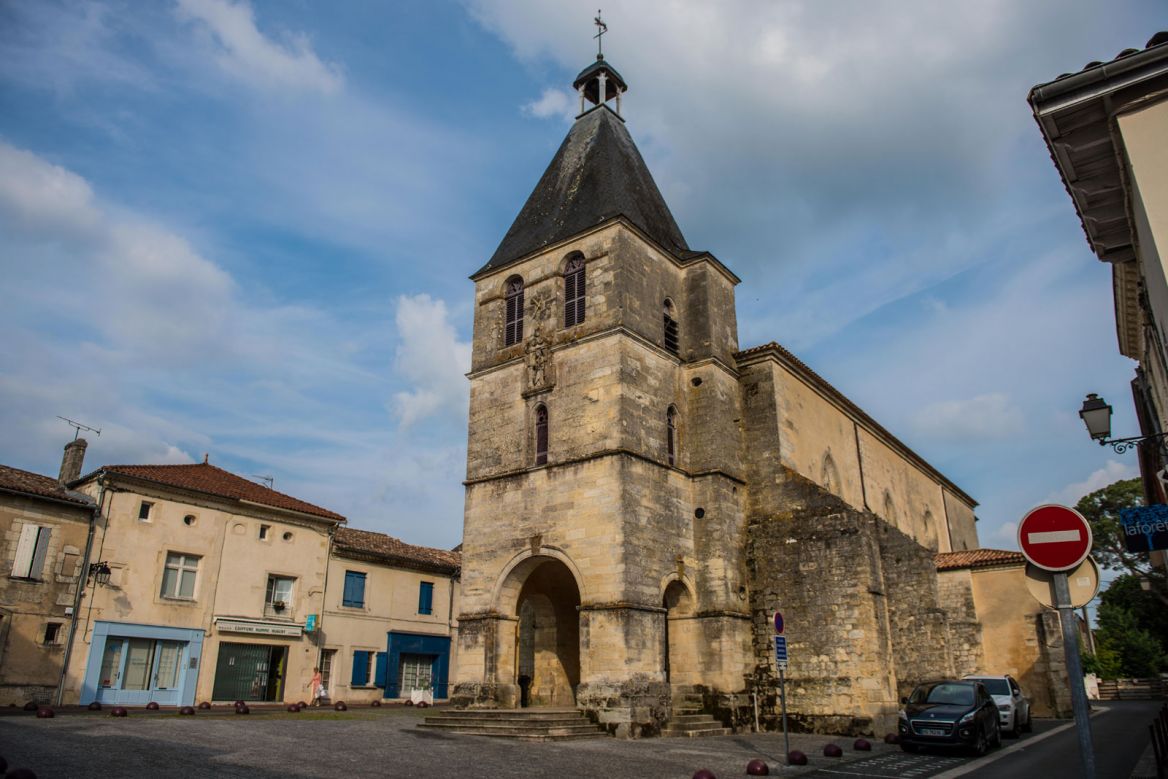
The bastide of Créon, of English origin, was the seat of the great royal provostship of Entre-deux-Mers until the Revolution. It remained a trading town with renowned markets and fairs. The town, labeled a bicycle station, has a remarkable network of cycle paths.
CASTELMORON D'ALBRET
A fortified village on a rocky spur, Castelmoron d'Albret is worth a visit for its pretty old, typical and winding streets in which it is so pleasant to get lost. In the summer, the streets are decorated with flowers, which adds to the charm of the place. The village has a church restored in the 19th century. The town is called Castelmoron d'Albret to distinguish it from its neighbor in Lot et Garonne, Castelmoron-du-Lot.
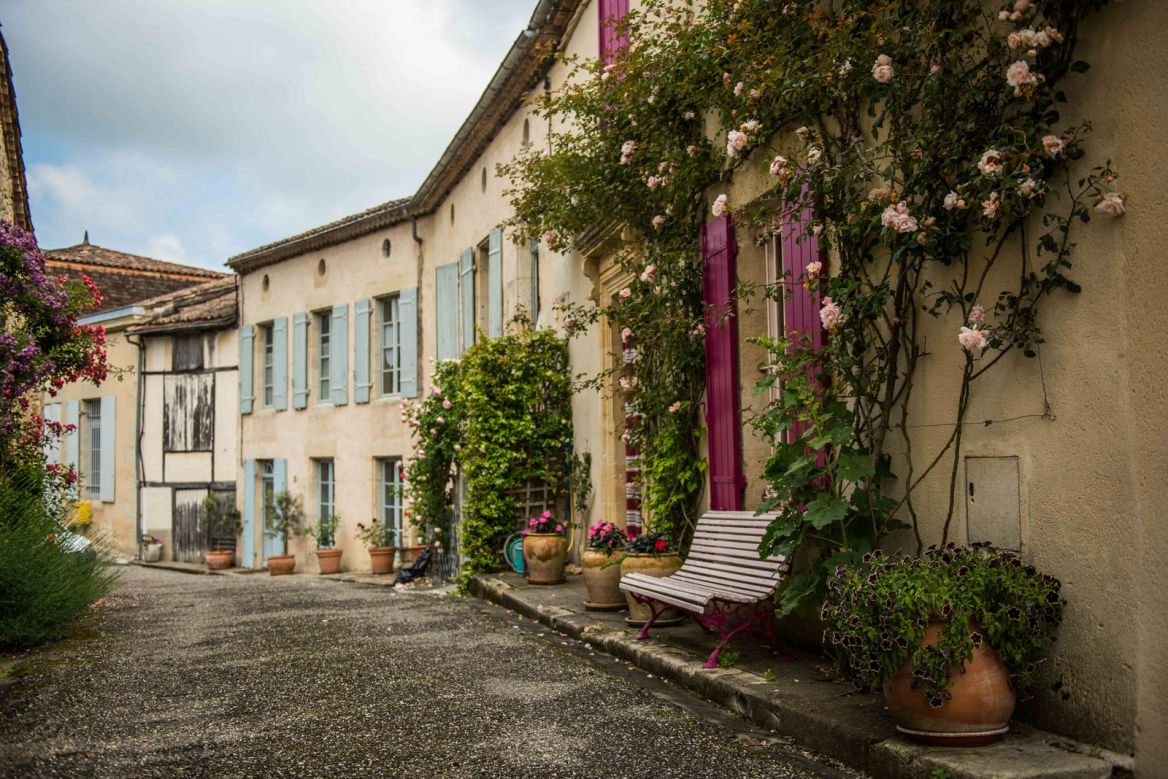
For you, the Bordeaux Gironde Guide has listed the unmissable villages of Entre-Deux-Mers.

